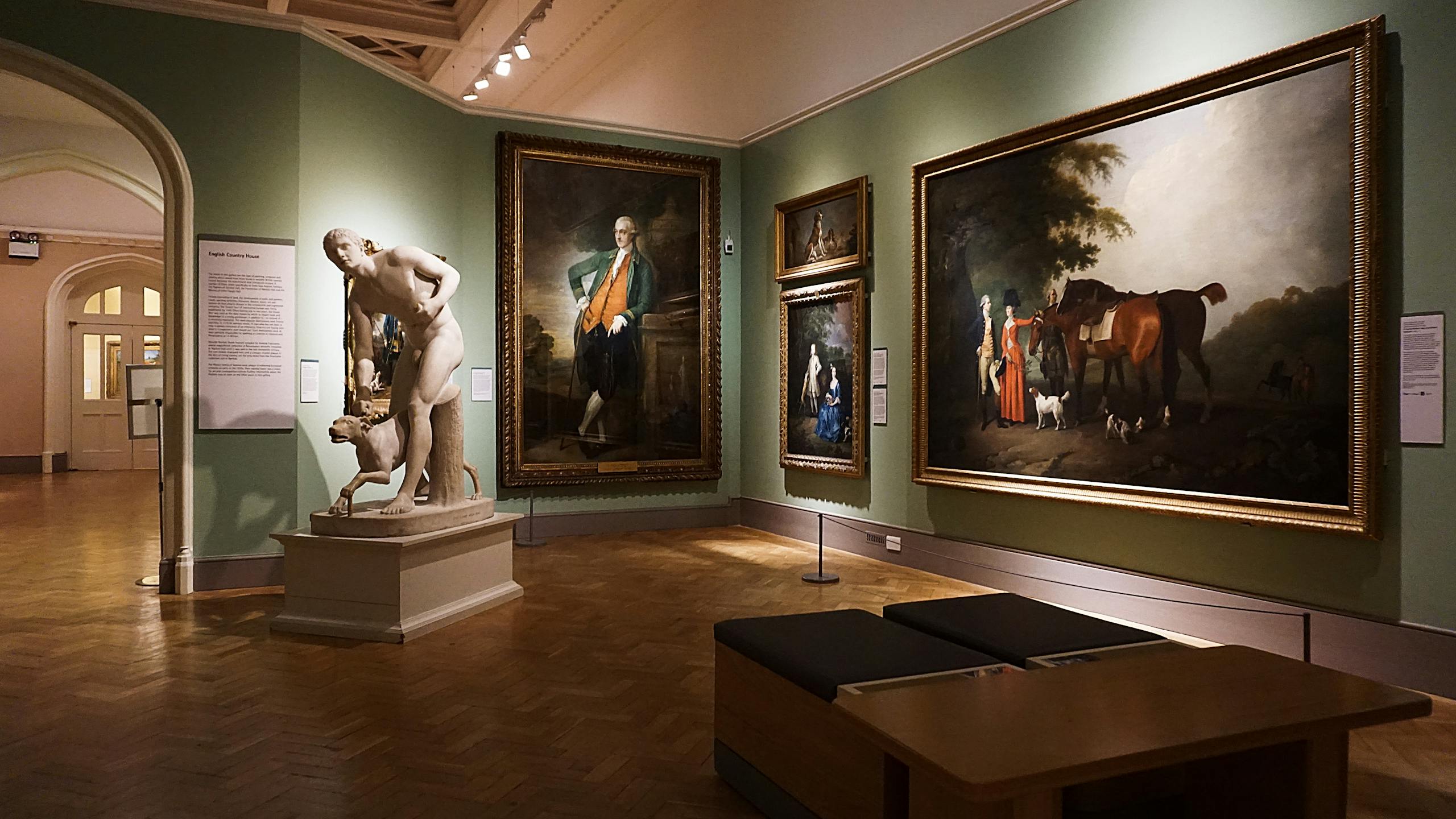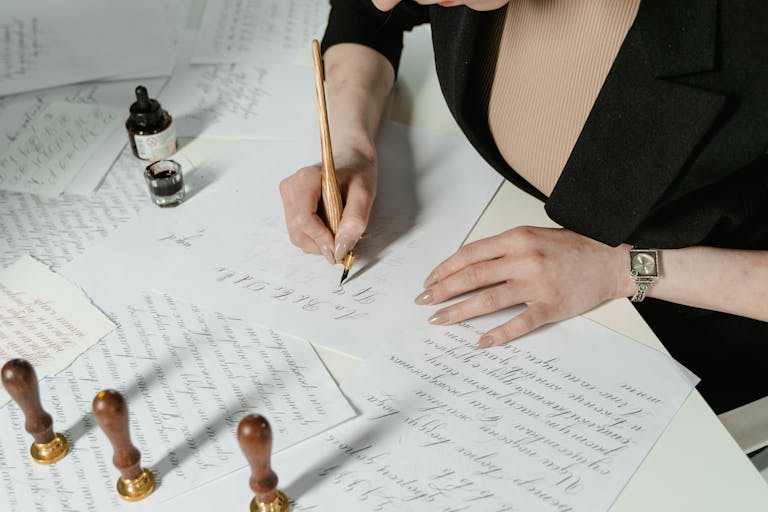Museum and Cultural heritage translation: key for accessibility and cultural dissemination
Translating for museums and art galleries is a task that, although often overlooked and overshadowed by the prominence of the artworks on display, is essential for cultural institutions and organisations to share their work and connect with their audiences.
Have you ever stopped to think about all the content that accompanies an exhibition? And about the expertise required to adapt and transpose the cultural and linguistic elements involved, so that this content becomes accessible to an audience who speaks a different language from the original? In this post, we’ll uncover the inner workings of this specialised field of institutional translation.
Translating for museums and art galleries: bridging cultures
Museum and art gallery translation plays a vital role in making cultural heritage accessible and enhancing its international reach. Museums and art galleries not only preserve and display works of art, but also aim to disseminate, communicate, and interpret heritage so that visitors from around the world can learn about it, appreciate it, and engage in its preservation. This is where translators specialised in art and culture play a key role, as they are able to produce content that is accurate, clear, and culturally adapted to each language and context.
Museum translation as a tool for accessibility
Museums and galleries produce content in a wide variety of formats and materials, from wall texts and panels to catalogues, audio guides, and websites. Properly adapting this information is essential to ensure that the visitor experience is meaningful and enriching. But it’s not just about translating words; it’s about providing strategic communication grounded in academic practice and tailored to the needs of the target audience.
Wall texts and panels: key elements for the visitor experience
Wall texts contain the technical information about each artwork (such as the artist’s name, the title of the piece, the year it was created, the medium, and its dimensions) while panels provide a conceptual overview of the different sections that make up the exhibition. To ensure their clarity and effectiveness, these texts must be translated accurately, striking a delicate balance between fidelity to the original and accessibility for the visitor. Producing these materials in multiple languages is a strategic decision made by the museum based on the profile of its visitors.
Translating temporary collections: cultural and linguistic adaptation
Translating temporary collections requires a specialised approach. As these collections often explore specific themes or include complex cultural references, it is essential to work with specialised art and culture translators. The choice of languages for translation also responds to strategic and contextual criteria, determined not only by the origin of the visitors, but also by the theme of the exhibition.
Translating exhibition catalogues: preserving knowledge
Exhibition catalogues are specialised, technical texts that reflect the extensive documentary work behind any exhibition. These printed publications, written by curators and museum or gallery staff, include the list of artworks along with theoretical texts that help contextualise and interpret them. They are usually published in the local language(s) as well as in English. Their translation must preserve academic accuracy and be consistent with the museum or gallery’s curatorial narrative, which is why it is essential to work with specialised art and museum translation agencies capable of ensuring both quality and accuracy.
Digital elements in museum and gallery translation
Digitalisation has also transformed the way museums and galleries communicate their content. The translation of digital museum elements, such as interactive apps, museum displays, audio-visual content, and virtual tours, is key to enhancing the visitor experience. In this context, subtitles are essential, as they make content accessible to people with hearing impairments and those who do not speak the original language, while also facilitating comprehension in environments where sound can be a challenge, such as echoey rooms or outdoor exhibitions. And let’s not forget the museum or art gallery’s website, the window to its world, and the most powerful tool for achieving international visibility and improving multilingual accessibility to content. In the digital age, social media platforms like Instagram, X, and TikTok play a crucial role in increasing visibility, strengthening the museum’s presence in the virtual cultural sphere, thereby attracting visitors and amplifying its impact.
Audio guides: an inclusive alternative to traditional guided tours
The great advantage of audio guides is that they offer users the opportunity to explore a museum or art gallery independently, at their own pace, stopping at what interests them the most. They provide an immersive, enriching, and educational experience that can transform any visit into an unforgettable adventure. Offering this service in multiple languages allows visitors to access detailed explanations without language barriers.
Tenders and collaboration with translation agencies
To ensure the quality of museum and gallery translations and their funding, museums often turn to specialised translation agencies like WordCurators, as we have professionals with expertise in the sector. Through tenders, these institutions select the best services at competitive prices, optimising resources without compromising on quality, expert work, and effective communication.
wordcurators.com: specialists in the translation of art and culture
In the world of museum and cultural heritage translation, relying on specialised professionals like wordcurators.com is a guaranteed value. As cultural mediators, we offer translation services tailored to the needs of museums, art galleries, and cultural organisations, ensuring multilingual content that is faithful to the original, coherent, and clearly written. Forget about artificial intelligence and entrust your texts to real-life translators who know the cultural sector inside and out, understand your needs, and master the art of carefully crafting words.



